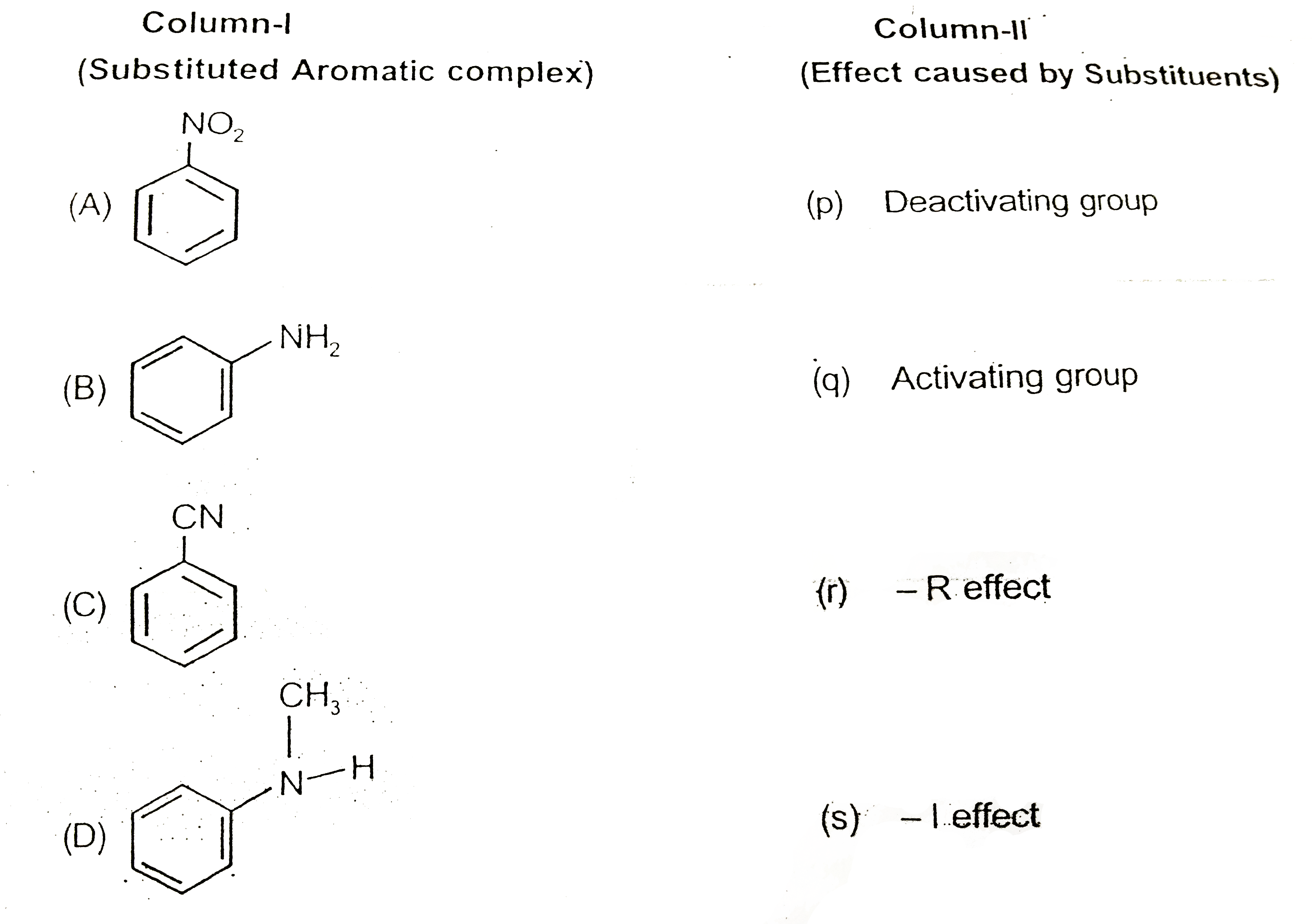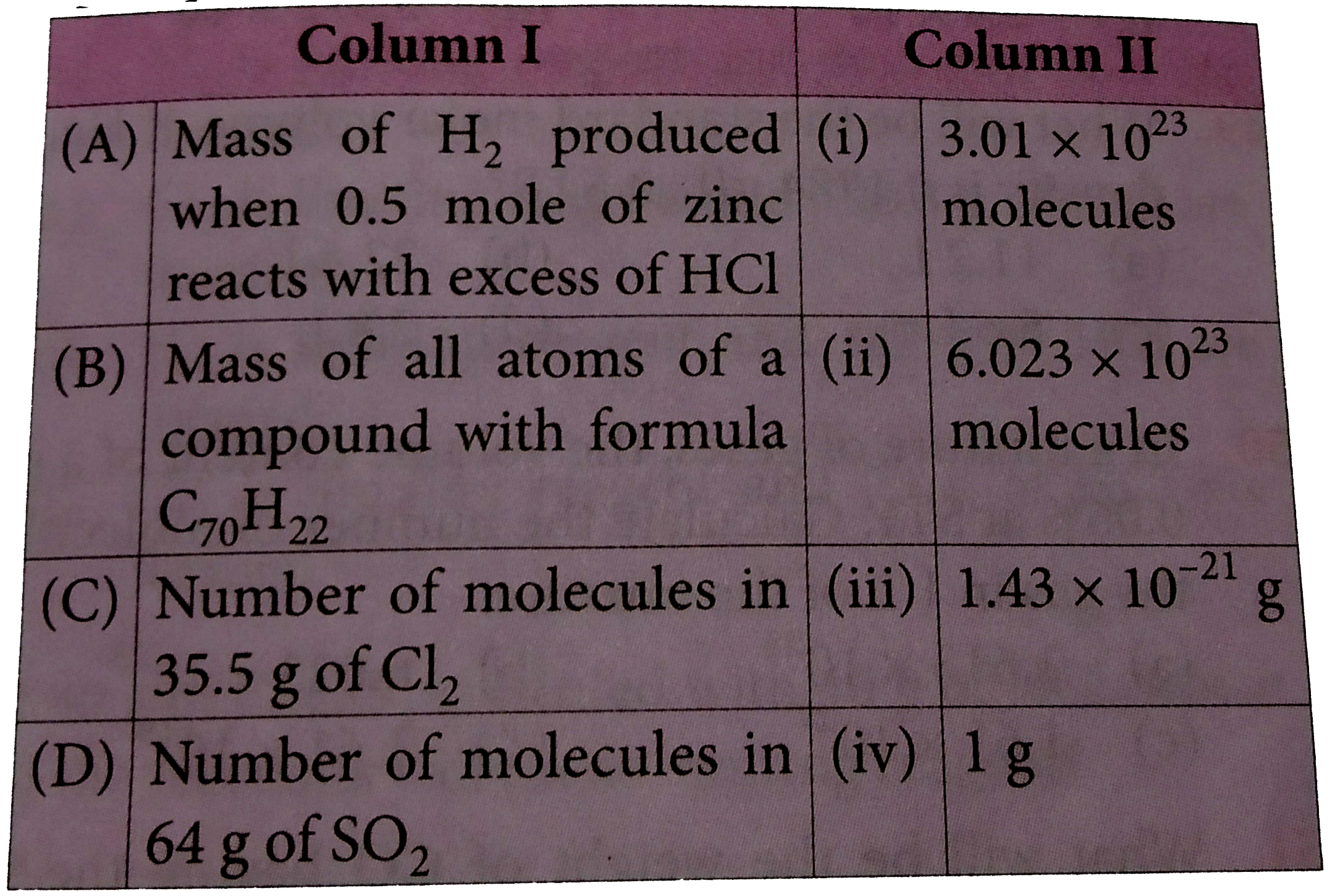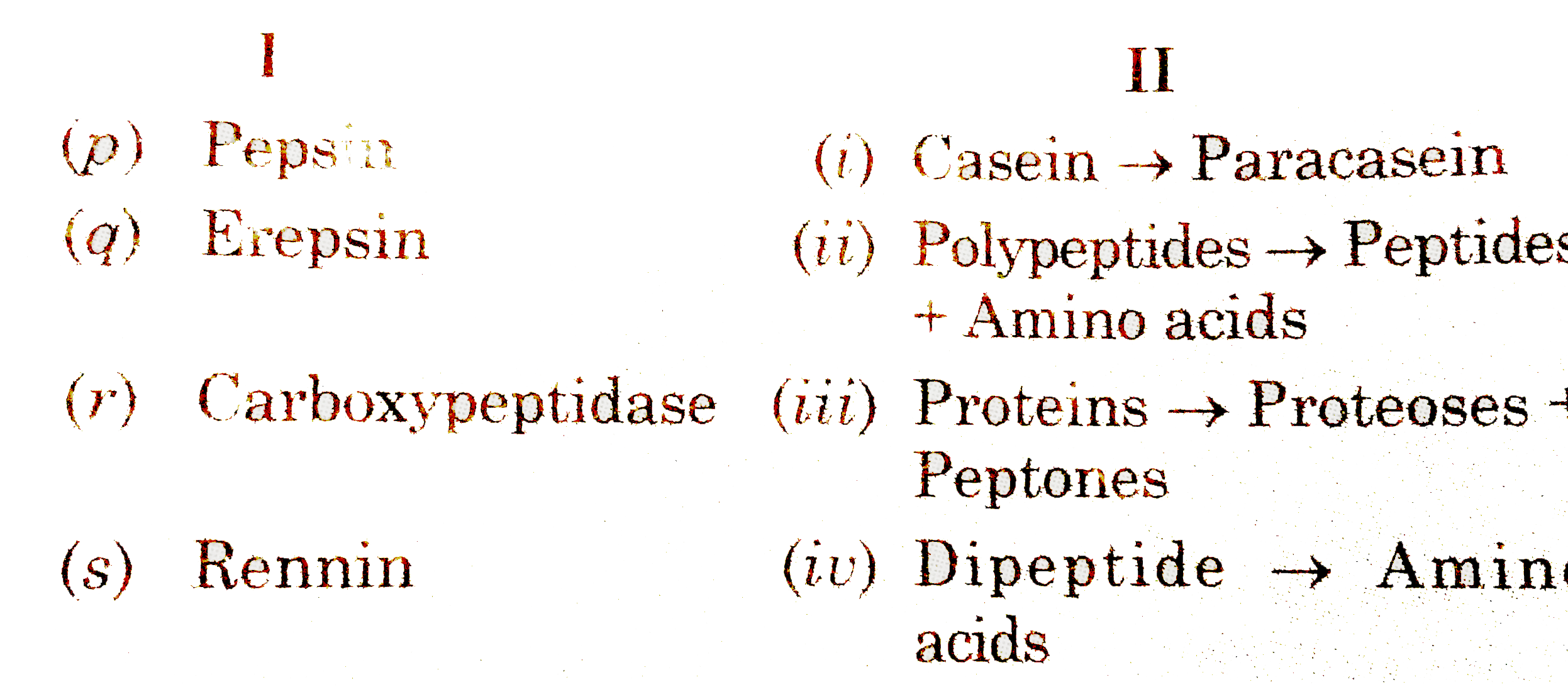Match the coloumn I with coloumn II and select the correct option. a. Rhizome(Coloumn I) - (i) Lily(Coloumn II) b. Bulb(Coloumn I) - (ii) Gladiolus(Coloumn II) c. Sucker(Coloumn I) - (iii) Grass(Coloumn II) d. Corm(Coloumn I) - (iv) Curcuma(Coloumn II) e. Runner(Coloumn I) - (v) Banana(Coloumn II)
a(ii), b(i), c(v), d(iv), e(iii)
a(iii), b(i), c(iv), d(ii), e(v)
a(iv), b(i), c(v), d(ii), e(iii)
a(i), b(iv), c(v), d(ii), e(iii)
The correct Answer is:C
To solve the question of matching the items in Column I with those in Column II, we will follow a systematic approach.
1. Identify the Terms in Column I:
- The terms given are:
a. Rhizome
b. Bulb
c. Sucker
d. Corm
e. Runner
2. Identify the Terms in Column II:
- The terms given are:
i. Lily
ii. Gladiolus
iii. Grass
iv. Curcuma
v. Banana
3. Match Each Term from Column I with Column II:
- Rhizome: This is a horizontal underground stem that can produce new shoots and roots. The example that matches with rhizome is Curcuma (iv).
- Bulb: This is a condensed stem structure that stores food. The example that matches with bulb is Lily (i).
- Sucker: This is a sub-aerial stem that arises from the base of the main stem. The example that matches with sucker is Banana (v).
- Corm: This is a swollen underground stem that serves as a storage organ. The example that matches with corm is Gladiolus (ii).
- Runner: This is a horizontal stem that grows along the soil surface. The example that matches with runner is Grass (iii).
4. Summarize the Matches:
- a. Rhizome - (iv) Curcuma
- b. Bulb - (i) Lily
- c. Sucker - (v) Banana
- d. Corm - (ii) Gladiolus
- e. Runner - (iii) Grass
5. Final Matching Table:
- a → iv
- b → i
- c → v
- d → ii
- e → iii
Conclusion:
The correct matches are:
- a. Rhizome - Curcuma
- b. Bulb - Lily
- c. Sucker - Banana
- d. Corm - Gladiolus
- e. Runner - Grass
Correct Option:
The correct option is Option 3:
- a matches with iv, b matches with i, c matches with v, d matches with ii, and e matches with iii.
- The terms given are:
a. Rhizome
b. Bulb
c. Sucker
d. Corm
e. Runner
- The terms given are:
i. Lily
ii. Gladiolus
iii. Grass
iv. Curcuma
v. Banana
- Rhizome: This is a horizontal underground stem that can produce new shoots and roots. The example that matches with rhizome is Curcuma (iv).
- Bulb: This is a condensed stem structure that stores food. The example that matches with bulb is Lily (i).
- Sucker: This is a sub-aerial stem that arises from the base of the main stem. The example that matches with sucker is Banana (v).
- Corm: This is a swollen underground stem that serves as a storage organ. The example that matches with corm is Gladiolus (ii).
- Runner: This is a horizontal stem that grows along the soil surface. The example that matches with runner is Grass (iii).
- a. Rhizome - (iv) Curcuma
- b. Bulb - (i) Lily
- c. Sucker - (v) Banana
- d. Corm - (ii) Gladiolus
- e. Runner - (iii) Grass
- a → iv
- b → i
- c → v
- d → ii
- e → iii
The correct matches are:
- a. Rhizome - Curcuma
- b. Bulb - Lily
- c. Sucker - Banana
- d. Corm - Gladiolus
- e. Runner - Grass
The correct option is Option 3:
- a matches with iv, b matches with i, c matches with v, d matches with ii, and e matches with iii.
Topper's Solved these Questions
Similar Questions
Match the coloumn-I with column-II

View SolutionMatch the coloumn I with coloum II and mark the appropriate choice.

View SolutionMatch the coloumns and find the correct option

View SolutionMatch the coloumn and find the correct options

View SolutionMatch the column I,II,and III .Select the correct option :

View SolutionMatch the following coloumns and select the correct option. a. Hibernation(Coloumn-I) - (i) Snails(Couloumn-II) b. Aestivation(Coloumn-I) - (ii) Many zooplanktons(Coloumn-II) c. Migration(Coloumn-I) - (iii) Polar bears(Coloumn-II) d. Diapause(Coloumn-I) - (iv) Siberian cranes(Coloumn-II)
View SolutionMatch the following.
a. Gametangial contact (Coloumn I) - (i) Agaricus(Coloumn II)
b. Planogametic copulation(Coloumn I) - (ii) Mucor(Coloumn II)
c. Somatogamy(Coloumn I) - (iii) Puccinia(Coloumn II)
d. Gametangial copulation (Coloumn I) - (iv) Allomyces (Coloumn II)
e. Spermatization (Coloumn I) - (v) Pythium (Coloumn II)
View SolutionMatch the following.
a.Floating roots(Coloumn I) - (i)Podostemon(Coloumn II)
b. Assimilatory roots(Coloumn I) - (ii)Cuscuta (Coloumn II)
c. Hygroscopic roots(Coloumn I) - (iii)Bryophylum (Coloumn II)
d. Haustorial roots(Coloumn I) - (iv)Jussiaea (Coloumn II)
e. Epiphylous roots(Coloumn I) - (v)Orchids(Coloumn II)
View SolutionMatch the columns and choose the correct answer.
(a) Aldosterone (Column I) (i) Zona fasciculata (Column II) (b) DHEA (Column I) (ii) Zona glomerulosa (Column II) (c) Cortisol (Column I) (iii) Zona reticulans (Column II) (d) Adrenaline (Column I) (iv) Adrenal medulla (Column II)
View SolutionMatch Column I with Column II. (a) Physalia (Column I),(i) Devil fish (Column II),(b) Ascaris (Column I),(ii) King crab (Column II),(c) Limulus (Column I),(iii) Roundworm (Column II),(d) Octopus (Column I),(iv) Portuguese man of war (Column II)
View Solution